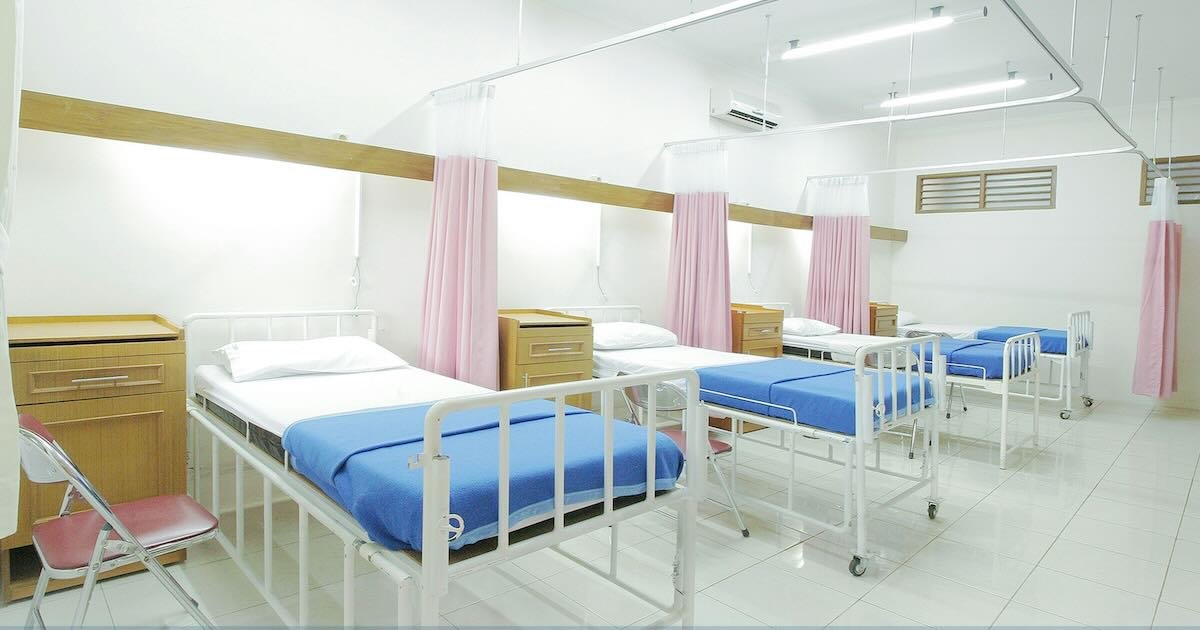The government has announced what it’s called an “unprecedented” expansion of free school meals provision, which it says will lift 100,000 children across England “completely out of poverty”.
Since 2018 only children from households with an income of less than £7,400 per year have normally been eligible for free school meals, but entitlement is to be extended to every household in receipt of Universal Credit, making a further 500,000 pupils eligible.
Eligibility for free meals will be expanded from September 2026, but what wasn’t made explicit in the government’s press release and Labour’s X post announcing the move was the timeframe for the claim about 100,000 children being lifted out of poverty.
Analysis by the Institute for Fiscal Studies (IFS) suggests this won’t happen in the next year, as “transitional protections” introduced in 2018 mean many of those children on low incomes are already receiving free meals, even though they wouldn’t normally be eligible. It notes this “makes the short-run costs of expanding eligibility lower, but also means that fewer families will benefit on day one”.
The IFS does, however, agree that 100,000 children will be lifted out of poverty in the long-term and suggests that ultimately 1.7 million additional children could receive free lunches.
When we contacted the Department for Education, it pointed us to the government’s own analysis, which estimates that the extension of free school meals will see 100,000 children, as well as 50,000 adults, lifted out of poverty by 2030.
The provision of school meals costs around £500 per pupil, so Labour says the expansion will effectively put this amount into the pockets of those parents who qualify.
As we’ve written before, there are a number of different measures of poverty.
The government analysis says its figure is based on relative poverty, which measures the number of people in households where the income is below 60% of the national median average that year, and after housing costs. But the analysis also models the expected impact on other measures of poverty.
